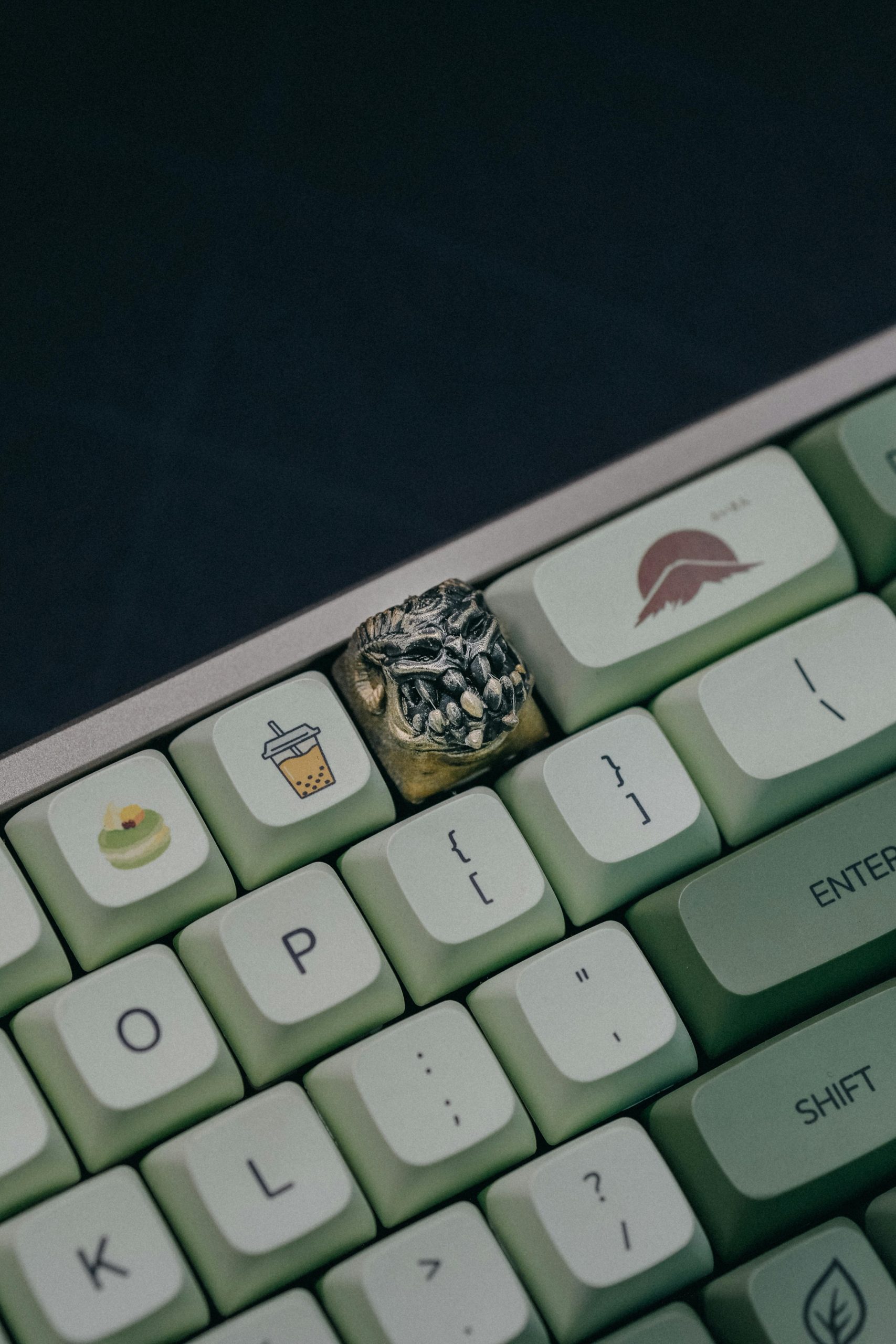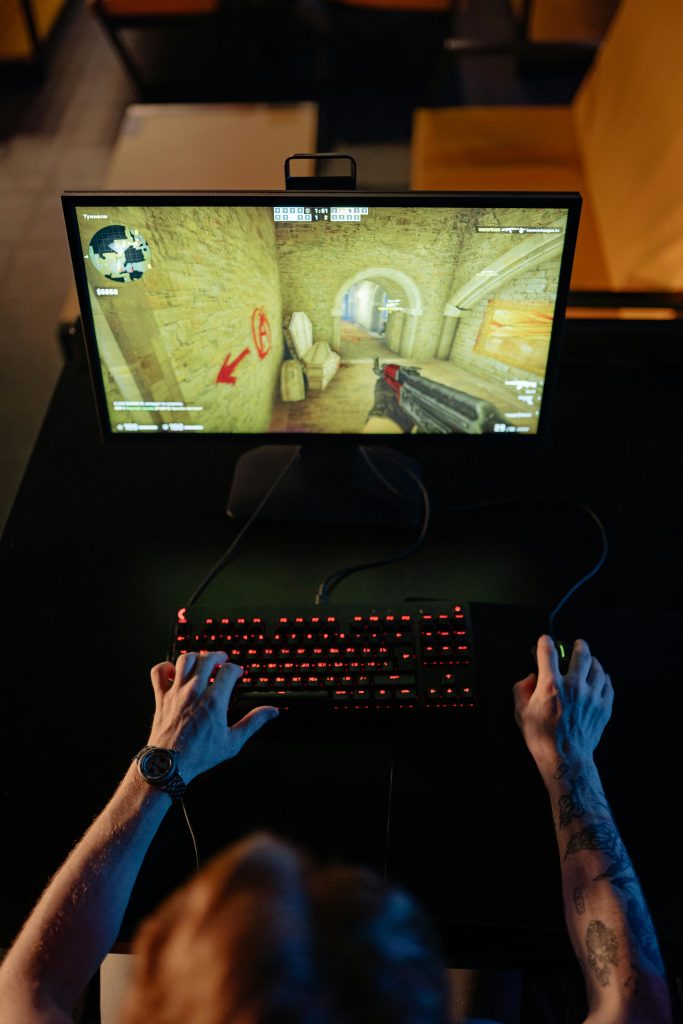Unveiling My Custom-Built Gaming PC: Performance Meets Aesthetics
As an avid gamer and tech enthusiast, I recently completed a project that I am eager to share with all of you. I designed and built my very own gaming PC, and I’m excited to highlight some of its features and the impressive results I’ve achieved.
One of the standout aspects of my build is the inclusion of two 20-inch RGB box fans, which not only enhance the visual appeal but also provide excellent cooling capabilities. By customizing the electronic components, I ensured that everything powers up seamlessly at the touch of the PC’s power button, delivering an efficient and streamlined experience.
Perhaps the most noteworthy achievement of this build is the substantial reduction in operating temperatures. After implementing these upgrades, I observed a remarkable drop of around 20 degrees Celsius in average temperatures, which is a significant improvement for maintaining peak performance during intense gaming sessions.
I would love to hear your thoughts on my custom-built gaming rig! What modifications have you made to your own systems? Let’s discuss and share ideas in the comments below!
Share this content:




Great job on building your custom gaming PC! It sounds like you’ve made some impressive modifications, especially with your cooling setup using RGB box fans. Ensuring efficient airflow and good cooling is crucial for maintaining optimal performance during extended gaming sessions. The temperature reduction of 20°C is a significant achievement and should contribute to both the longevity and stability of your components.
If you’re looking to further optimize your system, consider the following:
It would be interesting to see your specific component choices and any overclocking you’ve done. Keep up the great work, and don’t hesitate to reach out if you encounter any hardware or software issues during your build or future upgrades!